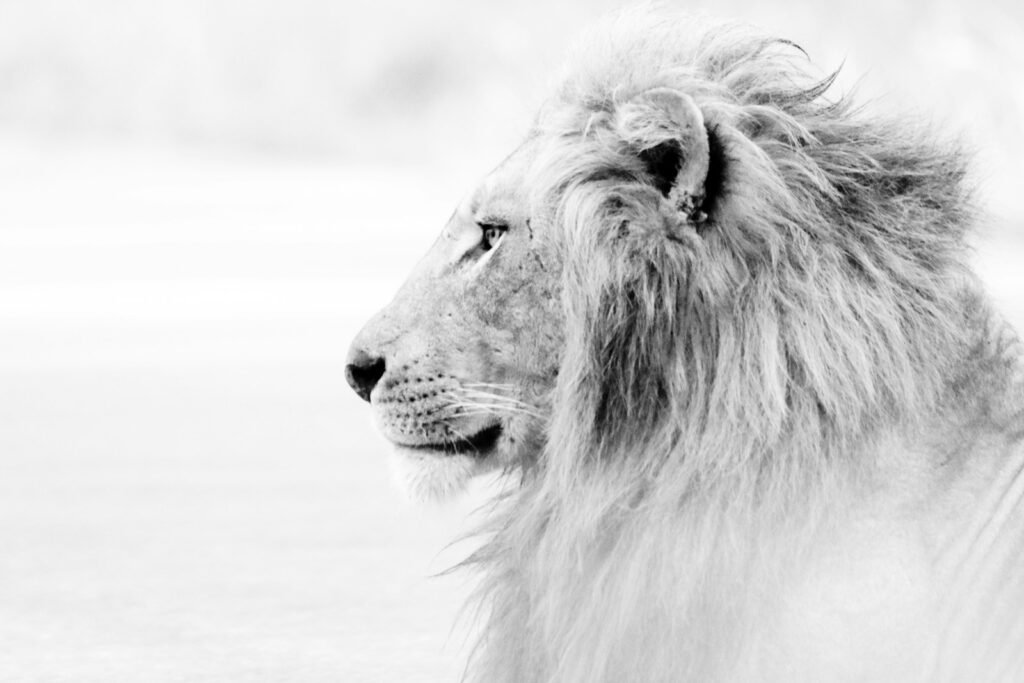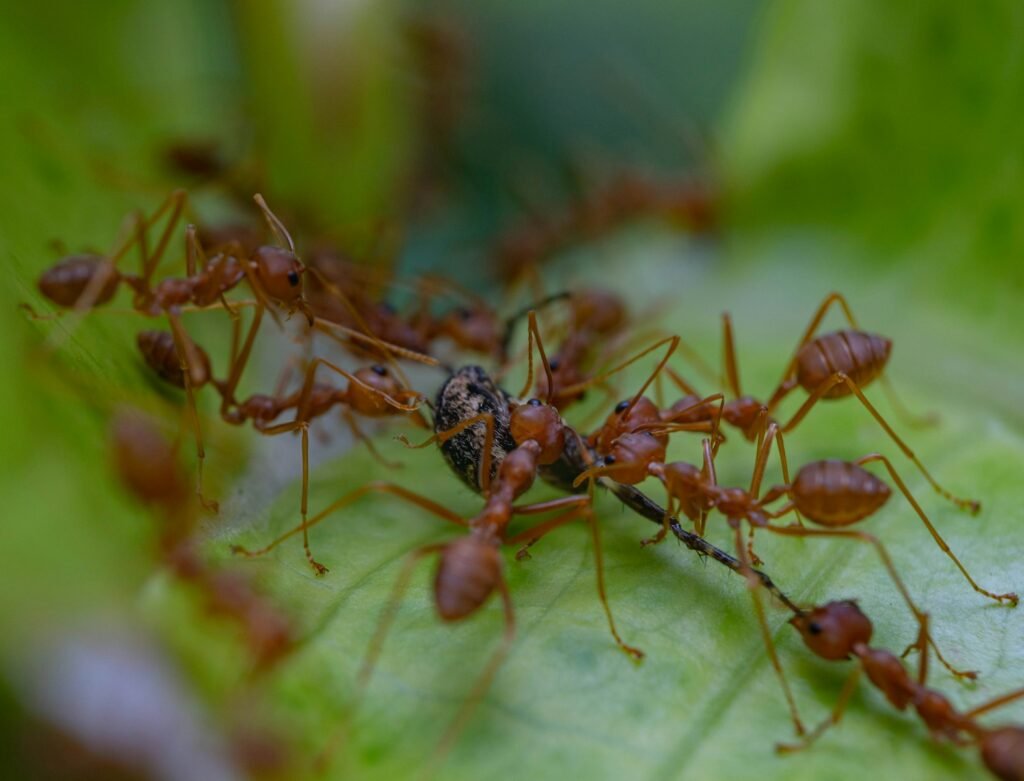Astrology meets animal behavior in a surprisingly revealing way: the traits we associate with Leo – confidence, charisma, leadership – have striking echoes across the wild. Think of it as a field guide to courage, grounded not in myth but in observable biology. Today, with new studies on social hierarchies, signals, and performance extremes, scientists are mapping how boldness evolves and why it works. These animals don’t just look brave; they embody strategies that help them thrive under pressure. If you’ve ever wondered what “Leo energy” might look like in nature, these eight species bring it roaring – sometimes literally – to life.
Lion: The sun-lit strategist of the savanna
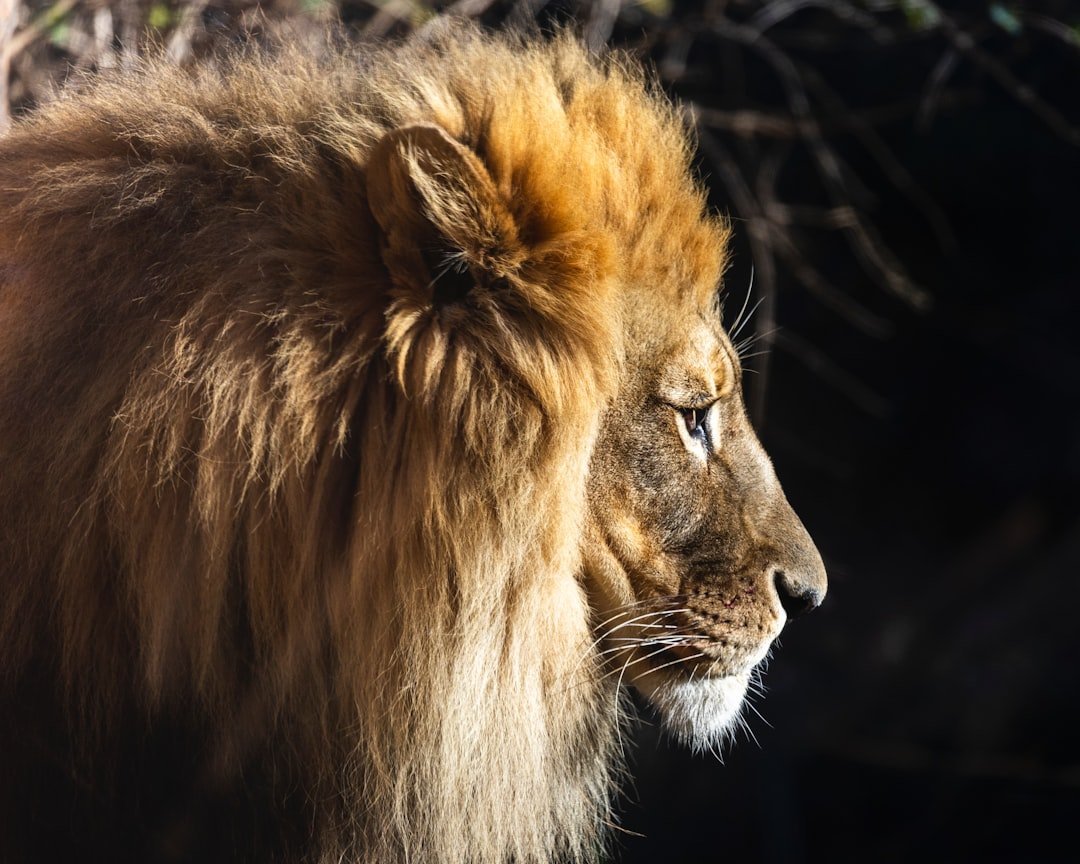
What animal owns the sunlit stage more than the lion? In prides, social power rests on cooperation, not just menace, and that’s the first hint that true boldness balances risk with responsibility. A lion’s roar can carry for miles, broadcasting presence the way a confident leader steps into a room: unmissable, steady, and clear.
Male manes signal maturity and condition, while lionesses coordinate hunts with sharp timing that would make any strategist envious. I once watched a pride test a cluster of buffalo, break off, then regroup in a sweeping arc – like a chess gambit played at full sprint. That blend of signal, structure, and daring is the template for Leo-style leadership.
Peregrine Falcon: Speed with purpose
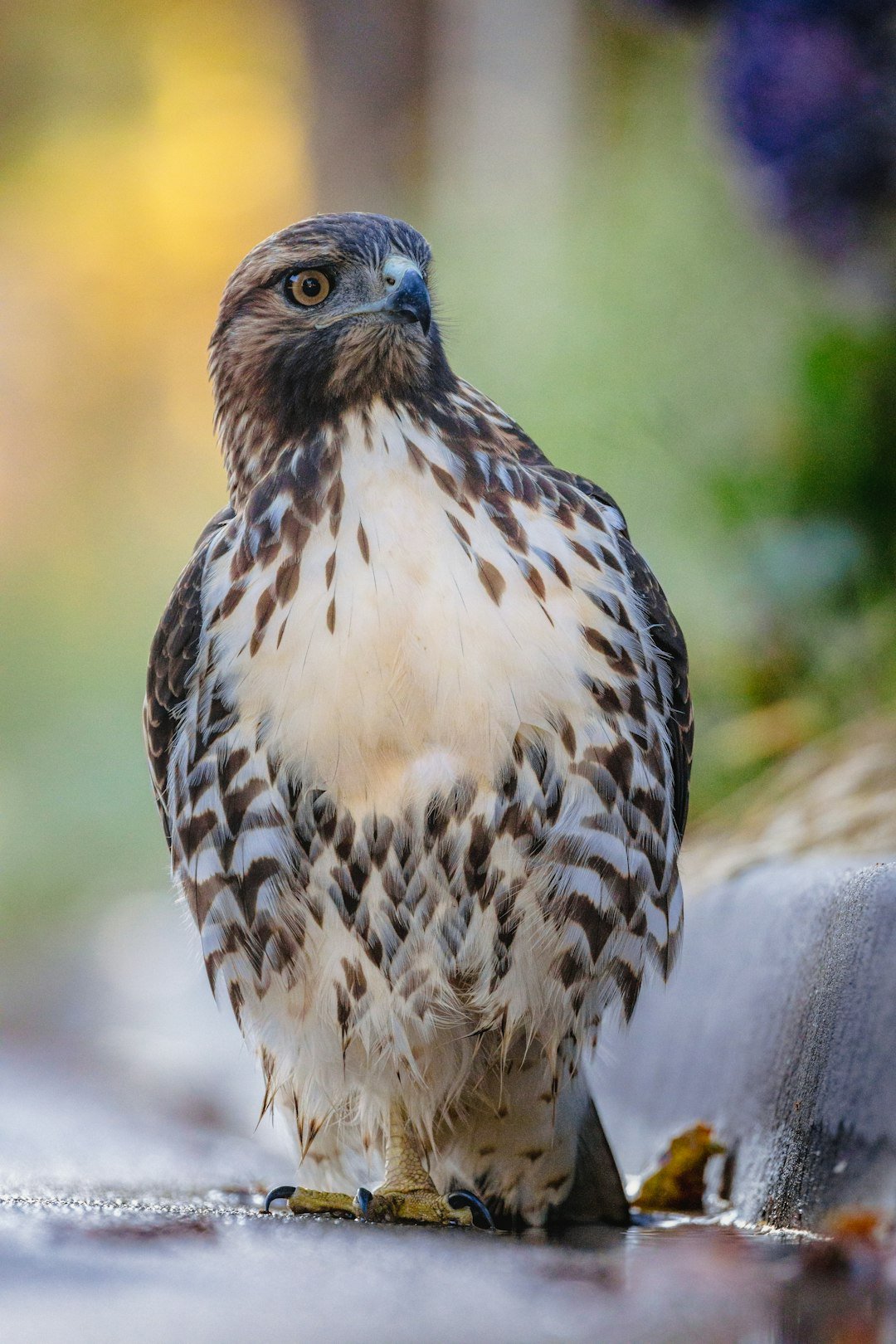
Beneath the peregrine’s headline-grabbing speed is an even more Leo trait: poise in free fall. During a stoop, the falcon tucks into a teardrop shape and manages the airflow with nasal baffles and a third eyelid, a micro-toolkit for staying in control when everything blurs. Boldness here isn’t chaos; it’s mastery.
High perches become strategic towers, surveying a cityscape or cliff line like a watchful ruler. The payoff for precision is huge: a swift, decisive strike, then a calm return to altitude. That rhythm – survey, commit, follow through – mirrors how the boldest leaders make decisions under pressure.
Honey Badger: Defiance with a plan
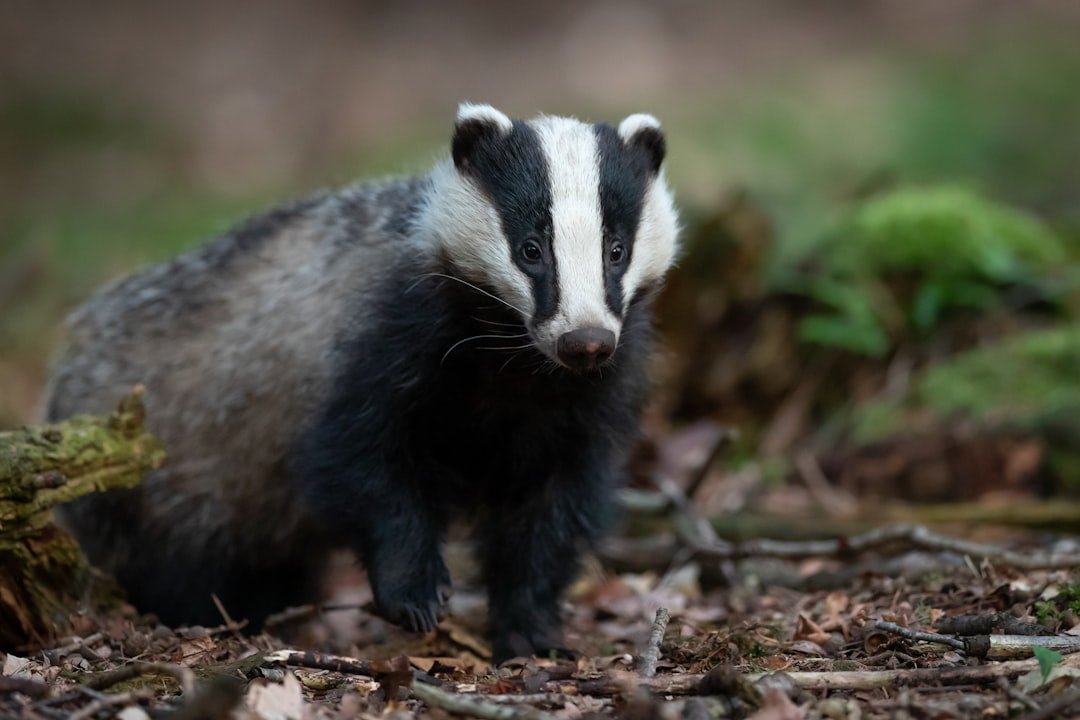
The honey badger’s reputation for fearlessness is famous, but what often gets missed is the planning behind the swagger. Tough skin, versatile diet, and relentless digging make it a survival specialist, not a reckless brawler. Even confrontations are calculated, aimed at exploiting surprise and durability.
Think of it as the Leo trait of audacity coupled with resourcefulness: push forward, but prepare your escape routes. When options narrow, this animal manufactures new ones – under fences, through roots, across hostile territory. The message is simple and very Leo: boldness works best when you’ve engineered backup plans.
Jaguar: Power in quiet motion
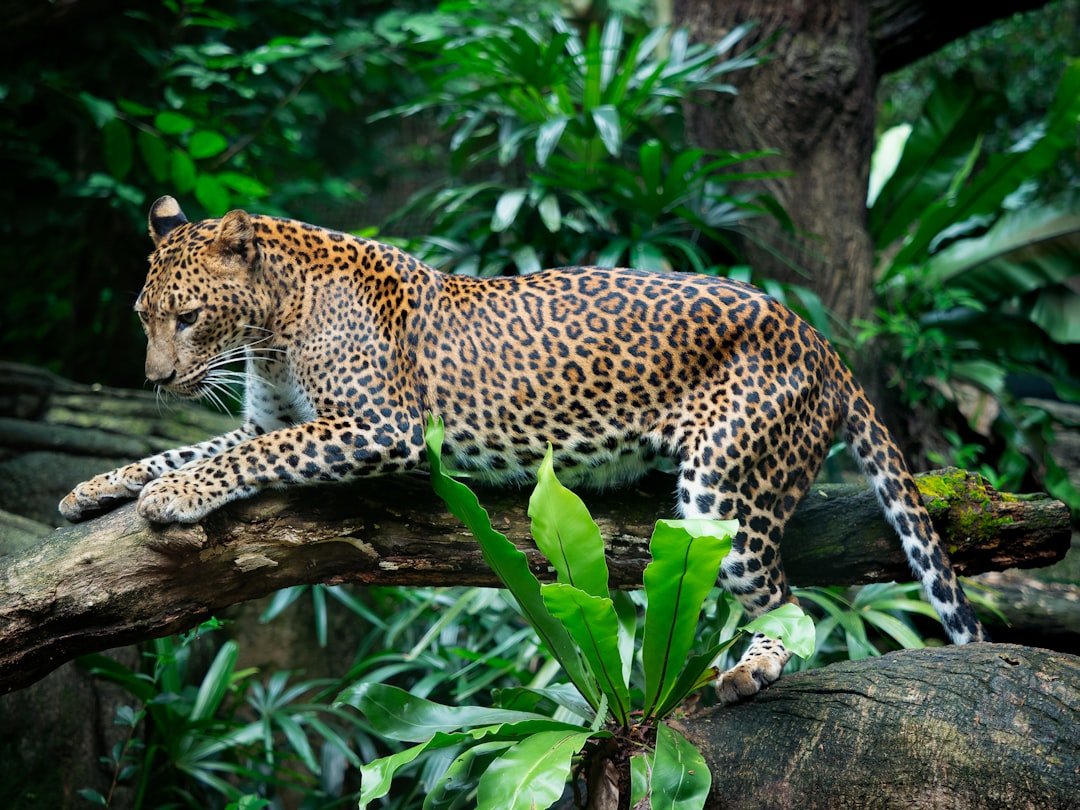
In dense forest, the jaguar rules without spectacle. Its heavy skull and powerful bite allow it to dispatch armored prey, a technical solution to the jungle’s toughest puzzles. The rosette coat isn’t just beautiful; it’s a stealth technology for green light and dappled shadow.
Unlike lions, jaguars hunt alone, turning boldness into a private art form – silent, patient, then astonishingly decisive. Water doesn’t deter them; they slip into rivers as if changing rooms. If Leo is the sign of stage presence, the jaguar shows that presence can be felt even when the stage is dark.
Mantis Shrimp: Color, computation, and a thunderclap
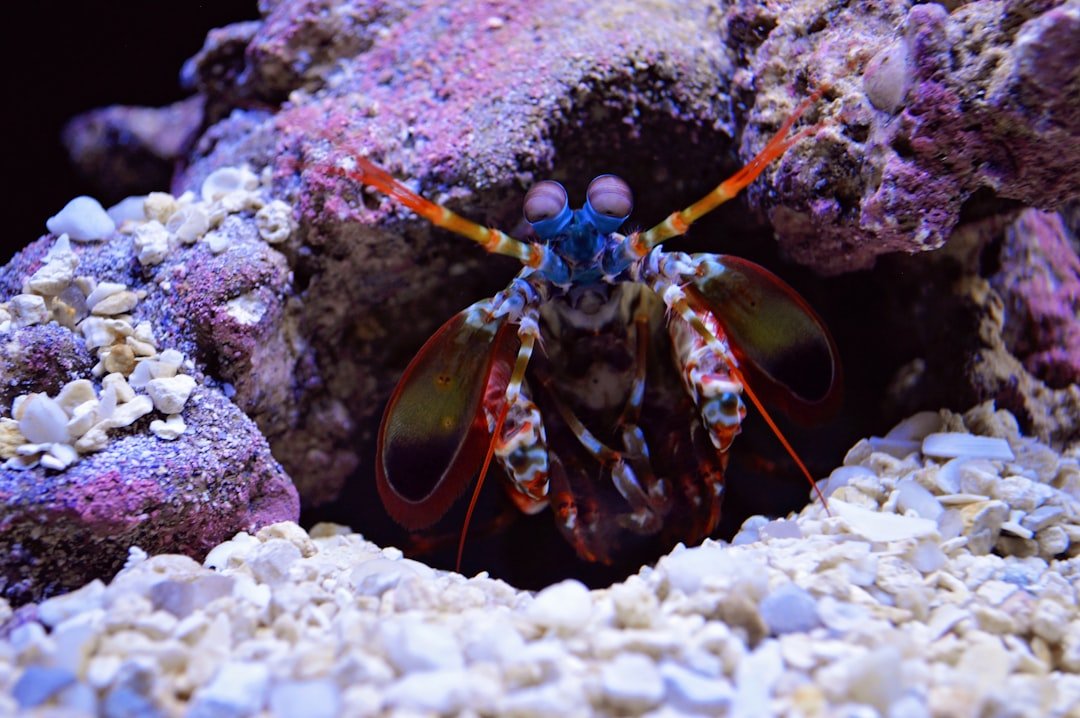
The mantis shrimp is a kaleidoscope with a punch that cracks shells and creates tiny vapor bubbles – brief flashes where water boils from the strike’s intensity. Its eyes scan a richer color spectrum than we do, sampling the reef in a data-heavy way that borders on alien. This is boldness as sensory overdrive and precision hardware.
When it strikes, the move is swift, targeted, and final – a burst of confidence after deep information processing. That’s a Leo lesson in miniature: absorb, analyze, act. Bright armor isn’t just for show; it’s a warning that capacity backs the confidence.
Mustang: Freedom organized
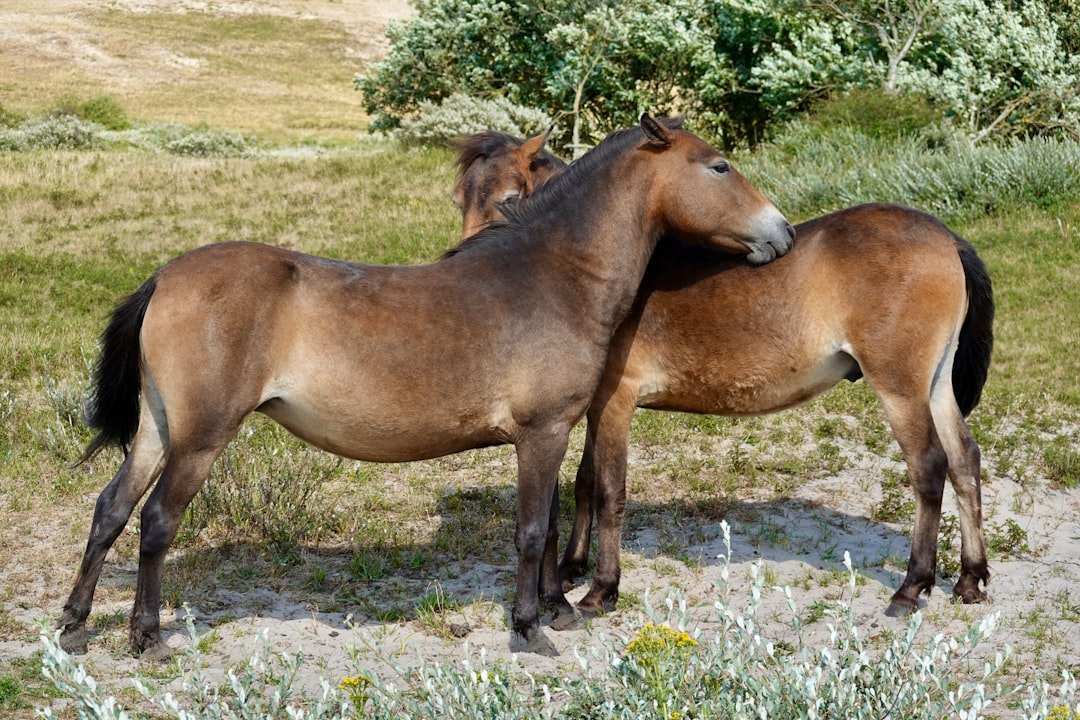
Feral horses in the American West turn open space into choreography. Bands often rely on a lead mare to decide where to move and when to drink, while a stallion handles defense and cohesion. The result is a mobile democracy with decisive voices – a kind of roaming council that still moves like one body.
Boldness here means holding the line while reading the landscape: wind direction, water distances, predator risk. I once stood downwind of a band and felt the collective shift as one animal trotted, then two, then all – no panic, just firm intention. It’s the Leo knack for steering without shouting.
Orca: Orchestrated power

Orcas are apex predators not only because of muscle but because of culture. Matrilineal pods teach hunting techniques across generations, from wave-washing seals off ice to corralling fish with synchronized tail slaps. Boldness becomes a shared protocol, amplified by timing and trust.
Acoustic communication keeps the group aligned even when visibility fails, like a moving conference call that never drops. That cohesion supports high-risk maneuvers with low chaos. If Leo energy can be collective, this is it: leadership distributed through a confident network.
Cassowary: The quiet warning sign
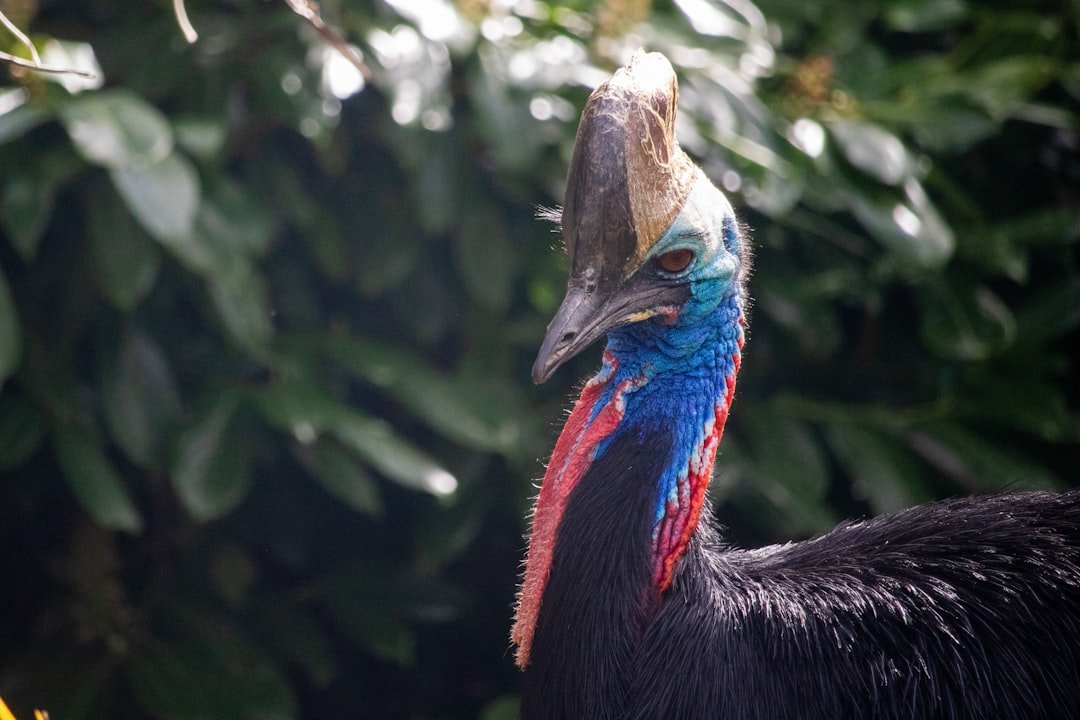
In tropical forests, the cassowary moves like a living relic – helmeted head, deep blue neck, and legs built for sudden sprints. It’s solitary and mostly shy, yet it carries a reputation for danger because it advertises boundaries and enforces them if ignored. The bird’s presence is a billboard that says: pay attention.
Boldness here is not noisy bravado but a clear contract with the world: respect space, proceed thoughtfully. As a keystone seed disperser, the cassowary also renews the forest it patrols. That’s a Leo-aligned paradox – protective, formidable, and quietly life-giving.
What do these animals teach about boldness? It’s not just volume or raw power; it’s timing, signaling, and responsibility. Even the flashiest traits – from a lion’s mane to a mantis shrimp’s colors – work because they’re backed by competence and context. In a world where confidence can be confused with bluster, these species keep score the scientific way: survival, stability, and successful offspring. Maybe that’s the real Leo signature – courage that pays its own bills. Which of these wild teachers surprised you most today?

Suhail Ahmed is a passionate digital professional and nature enthusiast with over 8 years of experience in content strategy, SEO, web development, and digital operations. Alongside his freelance journey, Suhail actively contributes to nature and wildlife platforms like Discover Wildlife, where he channels his curiosity for the planet into engaging, educational storytelling.
With a strong background in managing digital ecosystems — from ecommerce stores and WordPress websites to social media and automation — Suhail merges technical precision with creative insight. His content reflects a rare balance: SEO-friendly yet deeply human, data-informed yet emotionally resonant.
Driven by a love for discovery and storytelling, Suhail believes in using digital platforms to amplify causes that matter — especially those protecting Earth’s biodiversity and inspiring sustainable living. Whether he’s managing online projects or crafting wildlife content, his goal remains the same: to inform, inspire, and leave a positive digital footprint.

